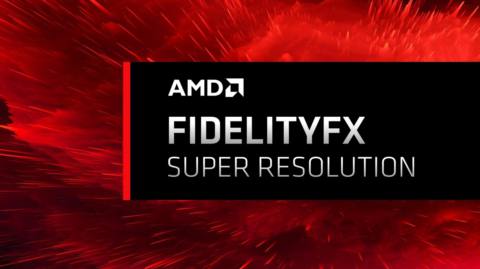
Everyone wants extra performance from their PC hardware, right? And that’s where technologies like AMD’s FidelityFX Super Resolution (FSR), Nvidia’s DLSS and Intel’s upcoming XeSS are all about – essentially allowing the GPU to render at a lower resolution, then either upscaling or reconstructing to the native output of the display. In a sense, this is new territory for PC, where native resolution rendering was for a long time considered the only way forward. However, in console land, ‘smart upscaling’ isn’t new, really coming to the fore with the launch of PS4 Pro in 2016. PC has embraced similar techniques, but has also spawned its own blend – and AMD’s FSR in particular stands apart. So when Team Red asked us if were interested to talk FSR, we jumped at the chance. AMD’s approach is different, both in terms of technology and philosophy.
To set the scene, what we’ve traditionally defined as ‘smart upscalers’ have all had one thing in common: the use of prior frames as a reference for improving the quality of the next one to render. All of the effort the GPU has spent in generating a previous image, working in combination with motion vectors that inform the game of where those pixels will end up in the future, allows for extra detail to be injected into a freshly rendered frame. The two key technologies to use this initially were checkerboard rendering and temporal super-sampling. These techniques what made PS4 Pro’s 4.2TF GPU capable of producing a pretty convincing 4K output and they’ve been used on all consoles by this point. Similar techniques are now found in a range of engines supported on PC too – and with an added component from machine learning, that’s how DLSS 2.x works as well, and additionally, it’s how we expect Intel’s XeSS to play out.
